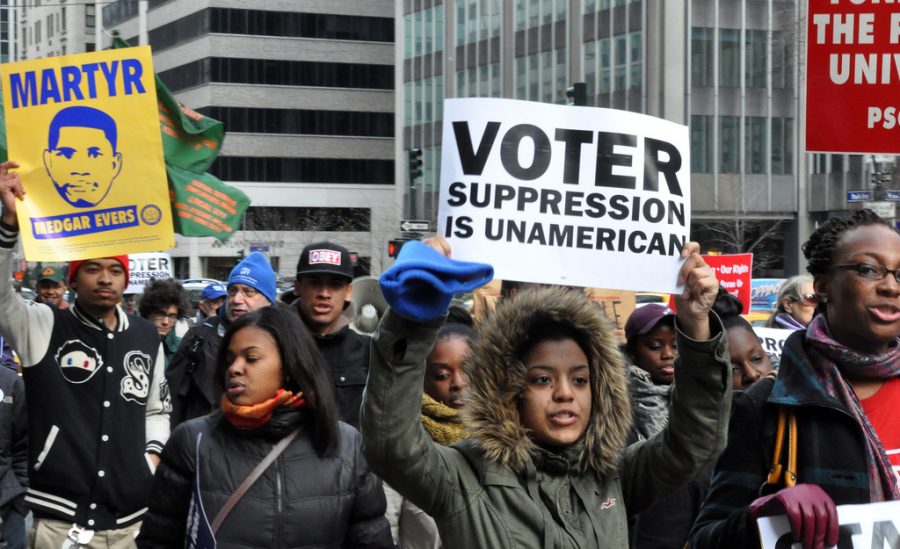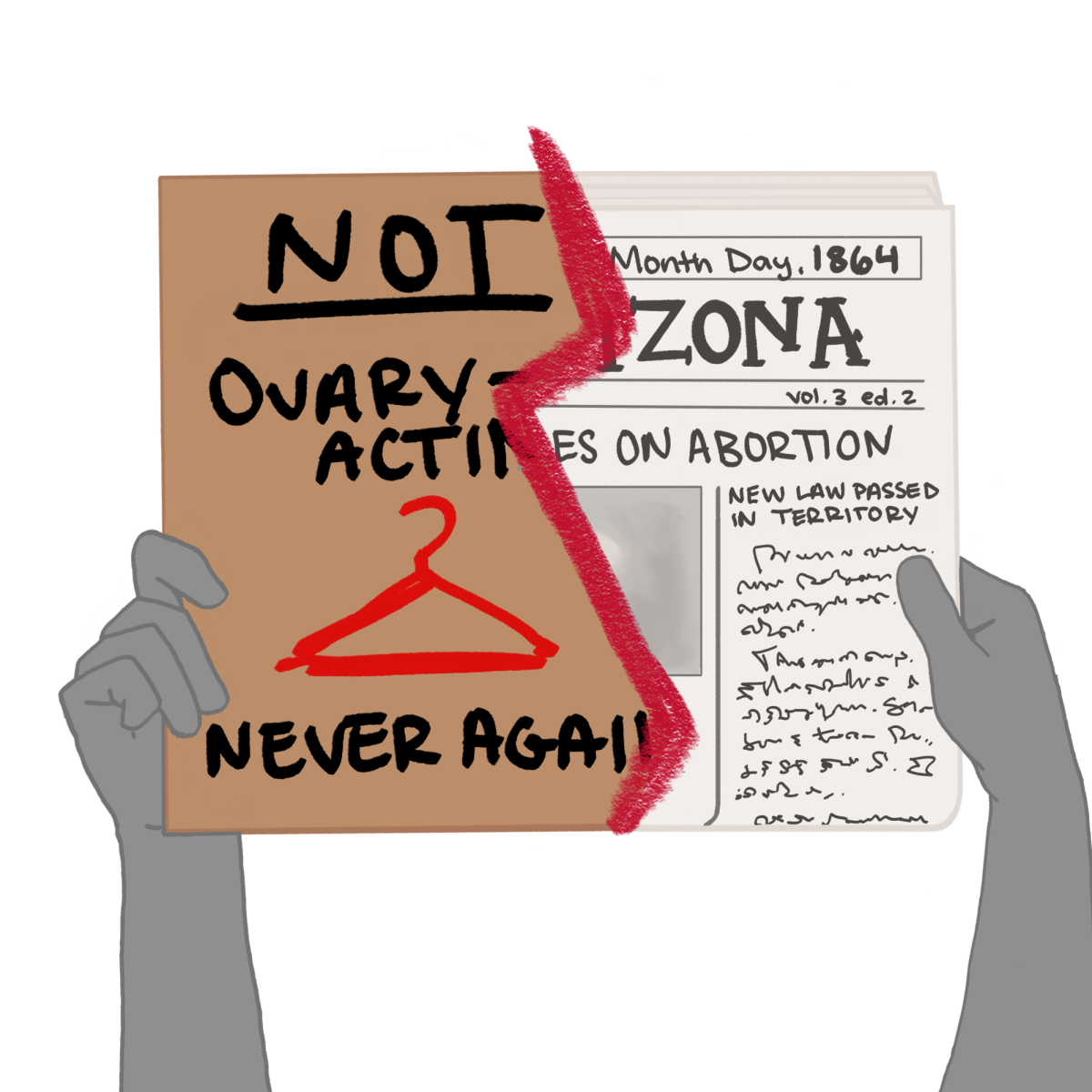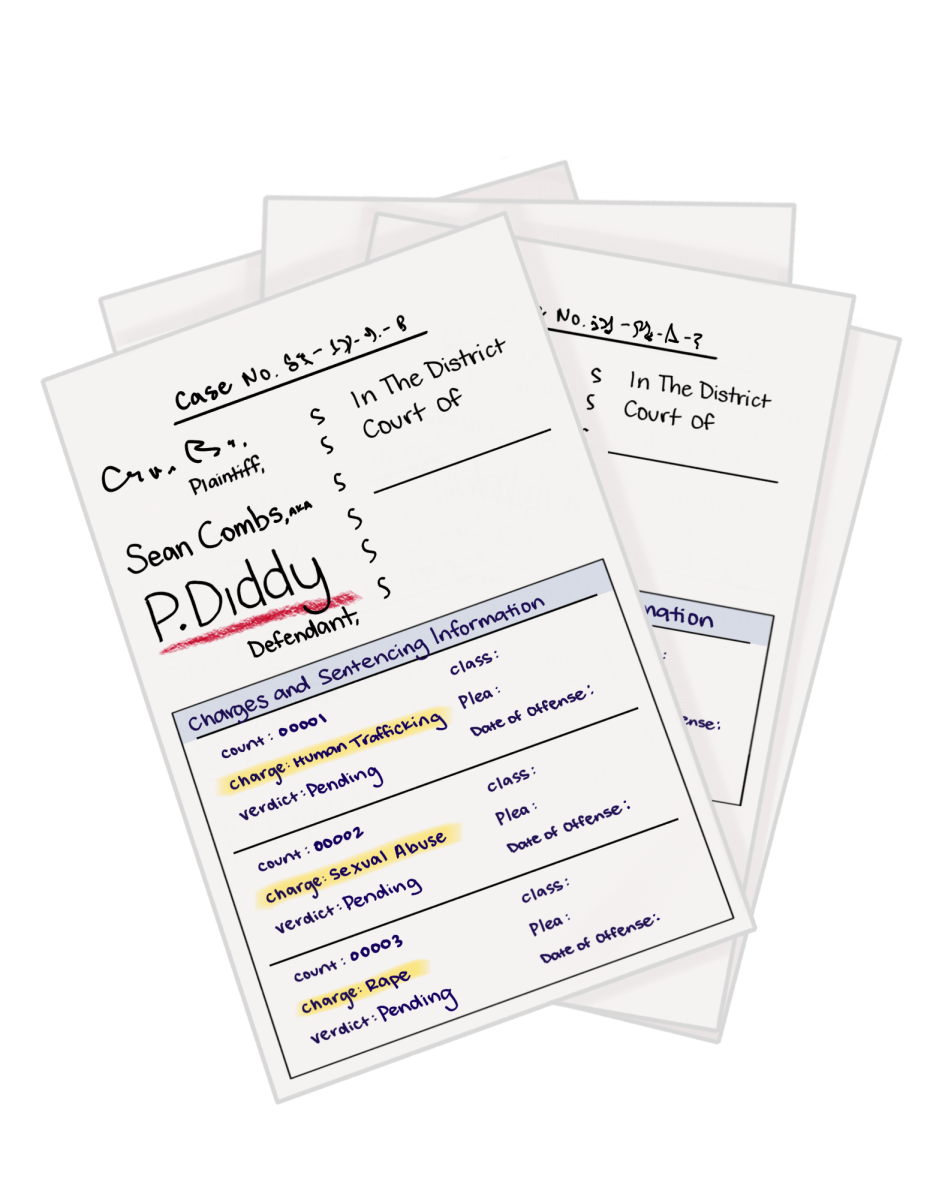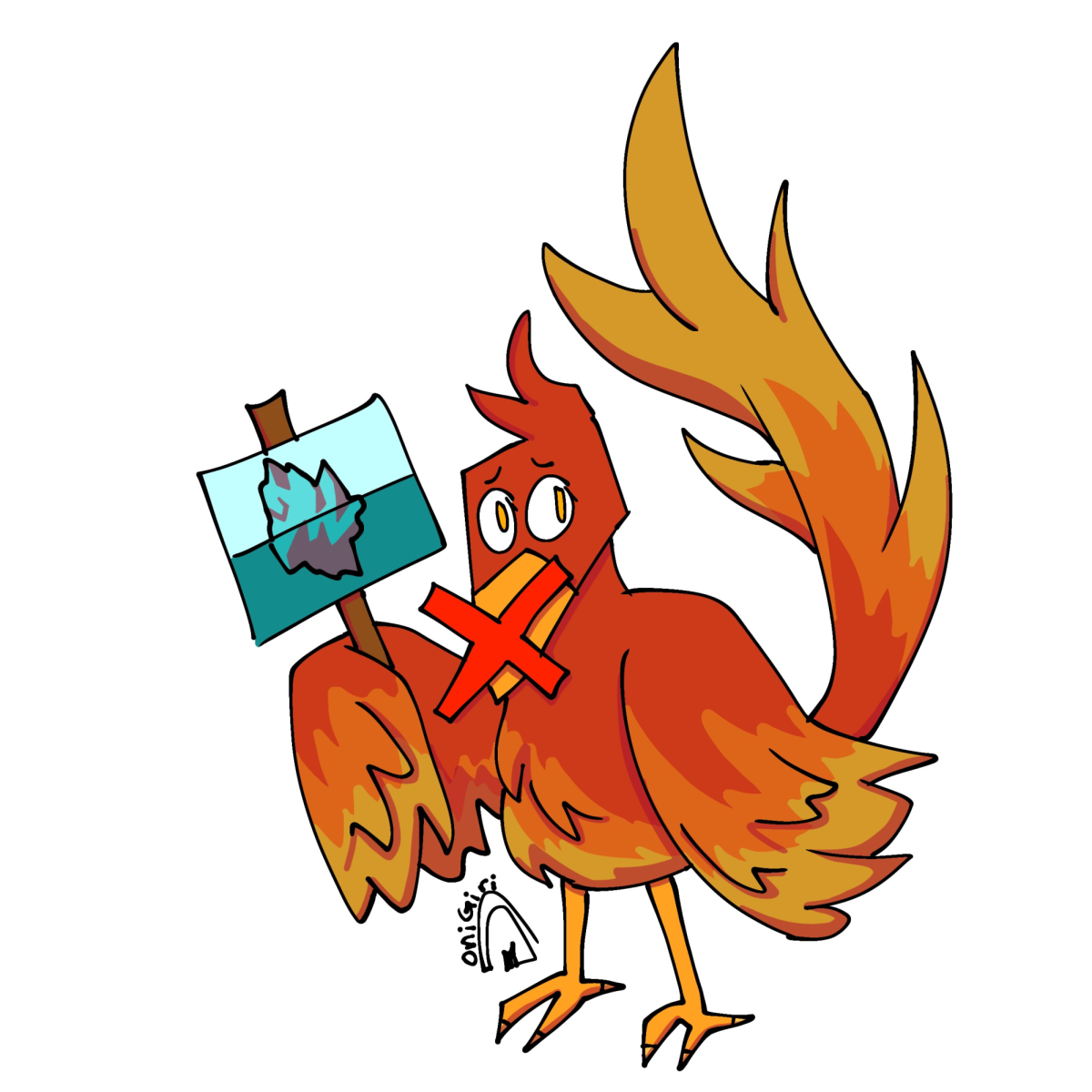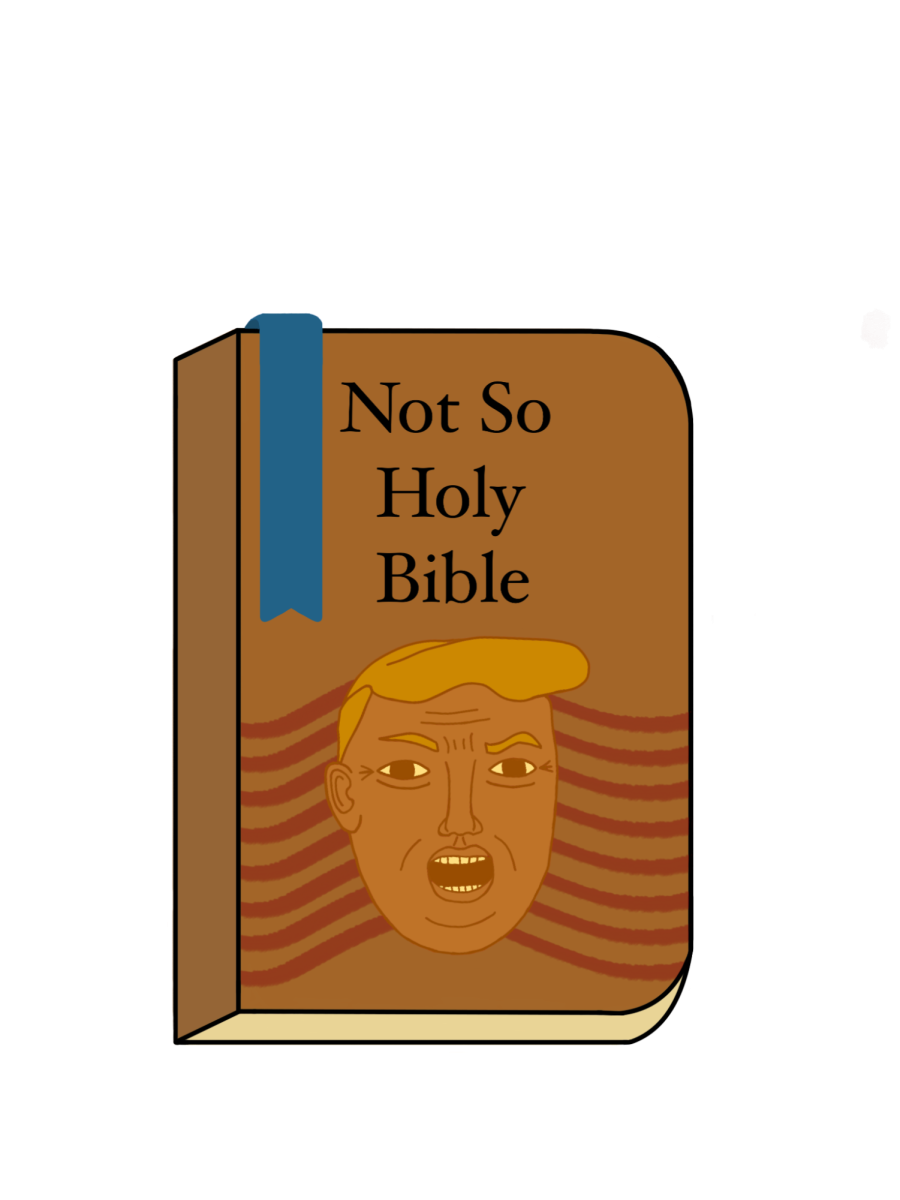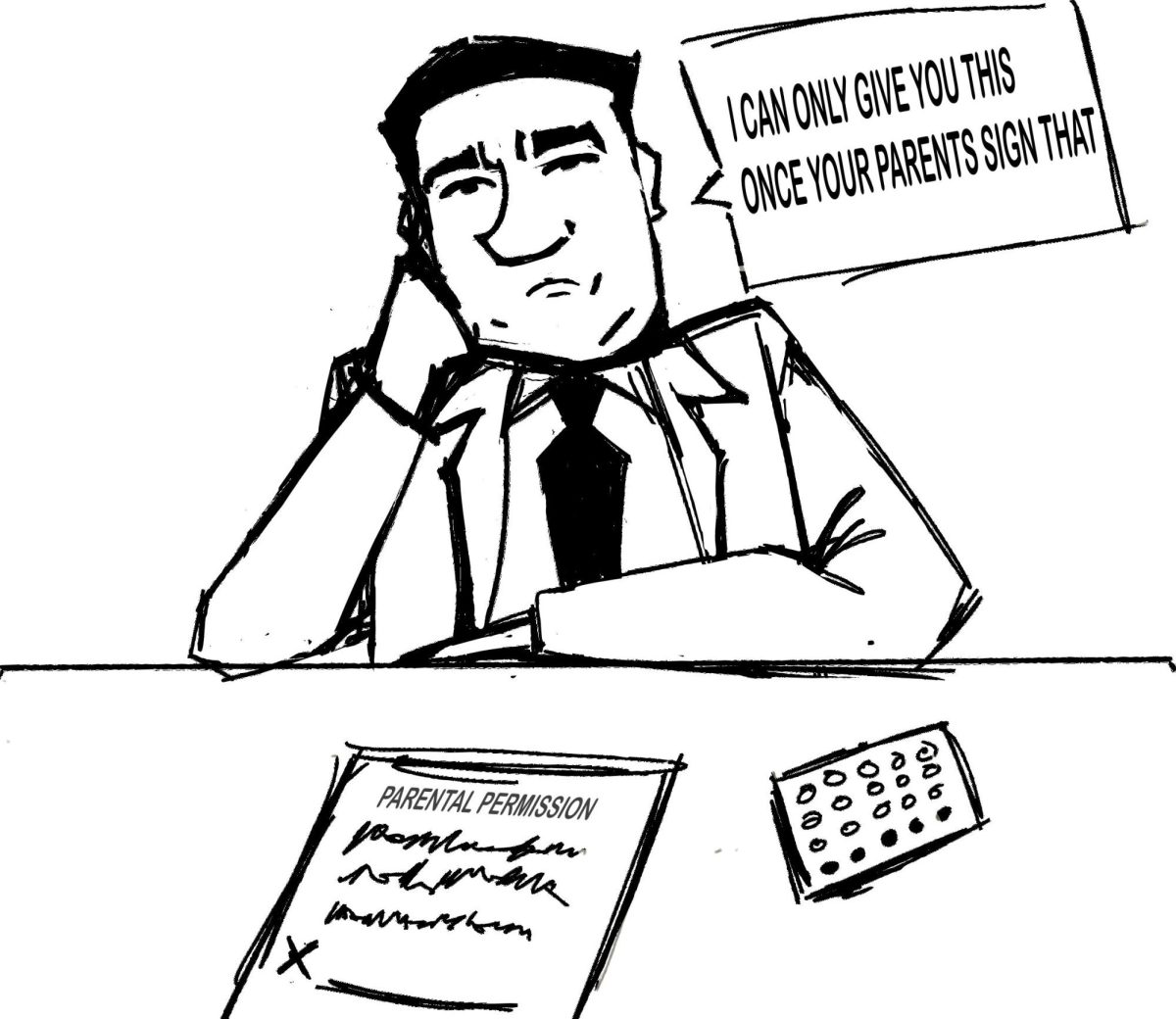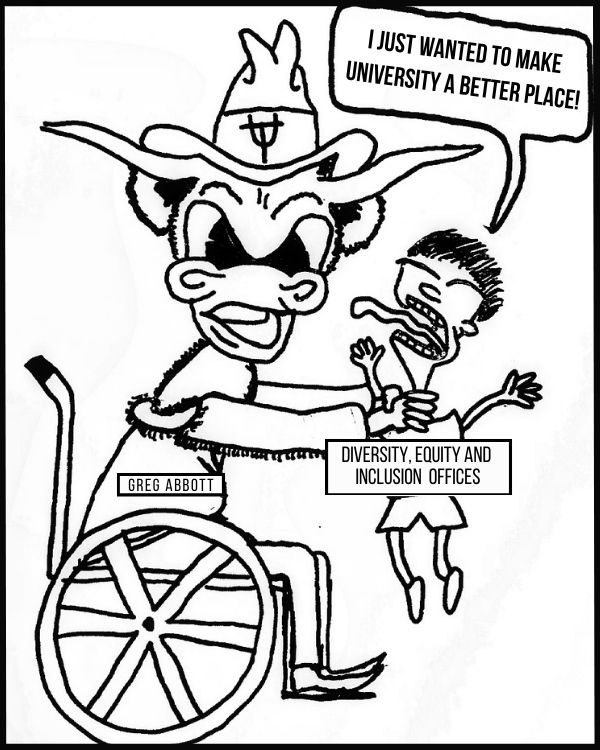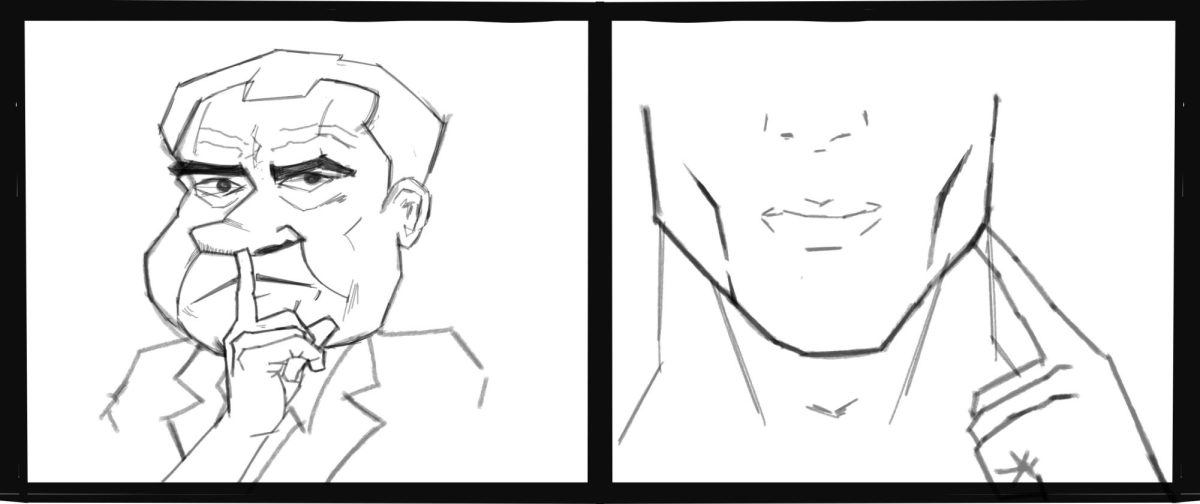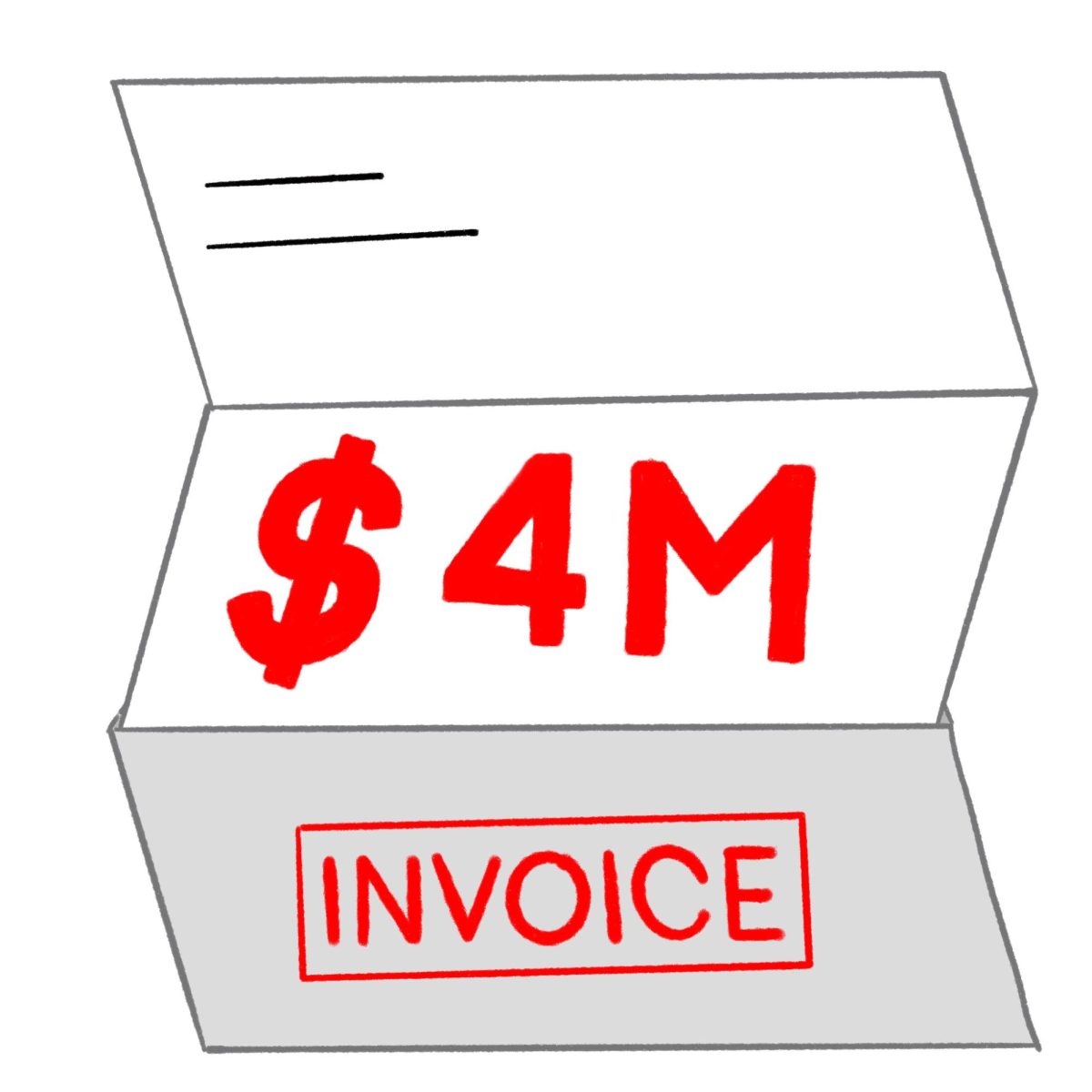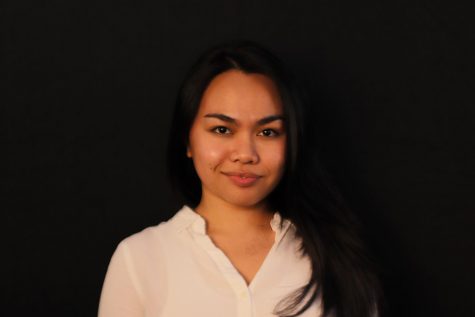Registering was easy. Showing up to the county election department and casting a vote was another story altogether. Texas was ranked 45th in voter registration and dead last in voter turnout in 2014. The low turnout is in part because Texas voters face some significant obstacles to the free and fair exercise of their right to vote. Especially for those who weren’t born with pale skin and blue eyes. People of color were among the most heavily affected during the 2018 midterm elections on Nov. 6 — translators were barred from polling sites in communities heavily populated by non-English speakers, broken polling machines were found in districts serving primarily African American voters and long lines in precincts caused wait times of three hours or more. Limited access to voting was a part of American history during the Jim Crow era, which was more than 140 years ago; 2019 is around the corner — is there any reason why we’re taking a U-turn?
Texas is one of many states that have strict voter-identification laws requiring Texas voters to show a government-issued photo IDs such as a military ID card, a state driver’s license or even a license to carry a handgun, in order to vote. Obtaining these identification cards require those who are living paycheck-to-paycheck, predominantly comprised of minorities, to spend a great sum of money and time simply to have their voices heard. Many believe that restrictions on voting are part of the requirement to combat election fraud – an exceedingly rare occurrence. The Fifth Circuit Court noted that there were “only two convictions for in-person voter impersonation fraud out of 20 million votes cast in the decade,” before Texas passed its voting law in 2013. Of course, there is nothing wrong with requiring a photo ID for citizens to vote. But, Greg Abbott and legislators used an imagined threat of voter fraud to impose a law that threatens and suppresses the votes of minorities by requiring them to go through excessive steps that cost time and money they can’t afford. Keeping the voter turnout low and keeping minorities away from polling sites is part of the blueprint to keep Texas blood-red and part of the plan to keep Texas from turning blue in the future.
Voter suppression does not take place solely in Texas, but also in places where the minority population is increasing rapidly. In Atlanta, Georgia, “officials initially sent only three voting machines to serve more than 3,000 registered voters,” while hundreds of functional voting machines were locked in warehouses across metropolitan Atlanta. A polling site in Chandler, Arizona was closed because of foreclosure (later re-opened) and left citizens with no choice but to squander their time or leave. Videos showing the long lines of people waiting to vote on Nov. 6 do not portray a true democracy but rather another prominent example of voter suppression. The same laws that were implemented more than 140 years ago still apply to this nation. The only twist is that it is more muted and deluding. Be alert.






